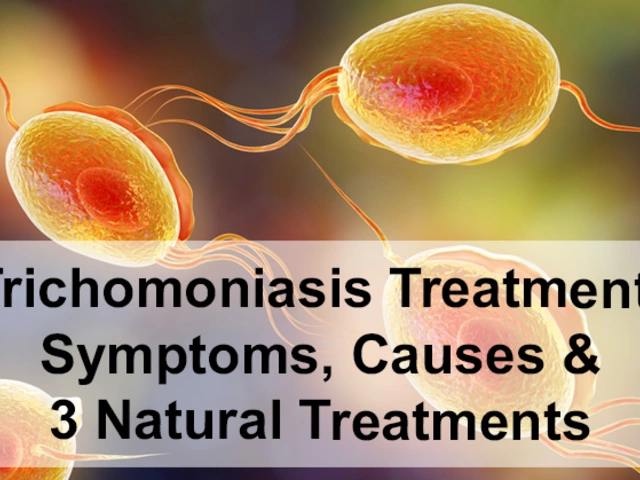Ostrich Fern: Health Benefits and Practical Uses (May 2024)
This archive highlights our May 2024 post on the ostrich fern — what it offers nutritionally, how people have used it, and simple ways to add it to your meals. If you saw the title "The Enchanting Health Benefits of Ostrich Fern," this page gives you a quick, useful summary and action steps you can try right away.
What the post covers — quick takeaways
Ostrich fern fiddleheads are young, coiled fronds harvested in spring. They’re valued for a mix of vitamins (notably A and C), dietary fiber, and some minerals like iron and potassium. The post walks through traditional uses, like springtime foods in northern regions, and modern ideas for turning fiddleheads into a regular part of a healthy diet.
The main safety point: never eat raw fiddleheads. The post explains simple cooking methods that remove compounds that can upset your stomach. You’ll also find practical serving ideas and storage tips so you waste less and get more benefit from a small seasonal harvest.
How to pick, cook, and store ostrich fern
Picking: Look for tight, firm coils with bright green color and minimal brown. Avoid fuzzy or slimy stalks. If you buy them, choose ones that smell fresh, not fermented.
Cooking: Boil or steam first — boil 10–15 minutes or steam 10–12 minutes until tender. After that, toss them in a skillet with a little olive oil, garlic, and lemon for flavor. You can also blanch for 2–3 minutes, then shock in ice water before sautéing. Raw fiddleheads have caused stomach upset when eaten uncooked, so always cook thoroughly.
Storage: Keep fresh fiddleheads in the fridge for 1–2 days in a paper bag. For longer storage, blanch for 2–3 minutes, cool, drain well, and freeze on a tray before transferring to a sealed bag. Properly frozen fiddleheads keep for several months and save you time later.
Serving ideas: mix cooked fiddleheads into pasta, add to omelets or fritattas, toss into grain bowls, or use as a spring vegetable side with toasted nuts and a squeeze of lemon. They have a mild, slightly nutty taste that pairs well with butter, garlic, and citrus.
Who should be cautious: If you’re pregnant, nursing, or have a weakened immune system, check with a healthcare provider before adding wild foraged foods. Also avoid fiddleheads from unknown sources — certain look-alike plants can be unsafe.
Want more? Read the full May 2024 article on PrescriptionPoint.SU for detailed recipes, traditional notes, and exact pick-and-cook steps. If you tried fiddleheads this spring, tell us what you made and how it turned out — people look for real tips from readers who cook with seasonal ingredients.

Discover the myriad health benefits of the Ostrich Fern, a remarkable dietary supplement. Unveil its nutritional power, traditional uses, and how it can enhance modern diets. Learn practical ways to incorporate it into meals and its surprising advantages for your well-being.
Continue Reading




